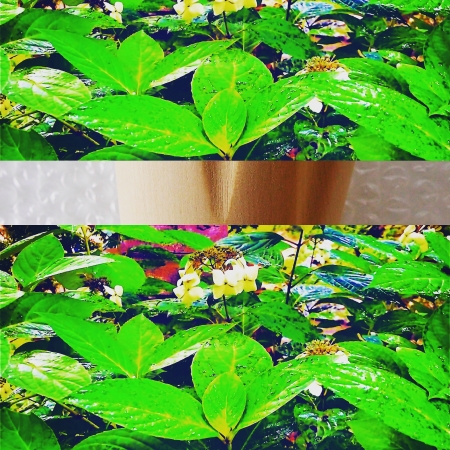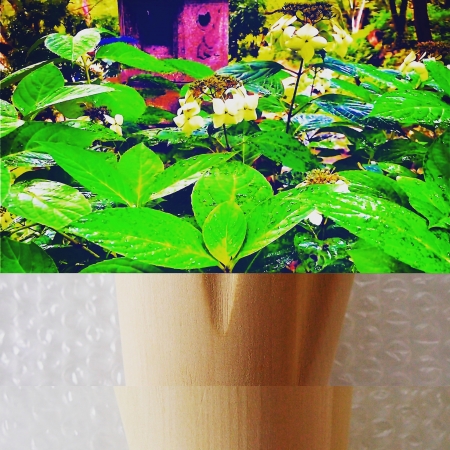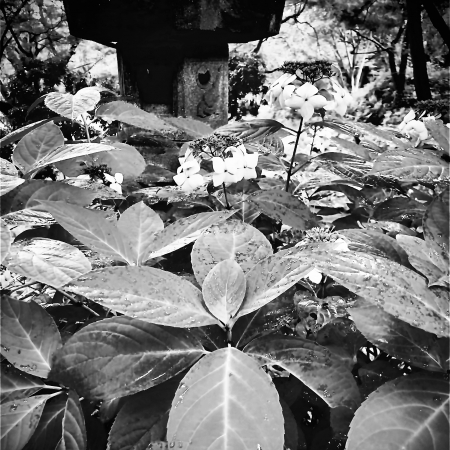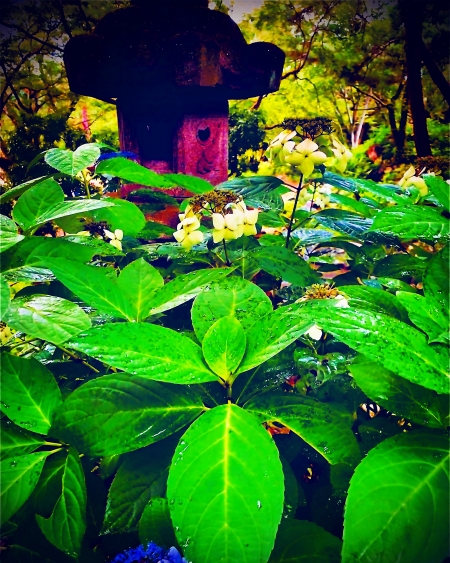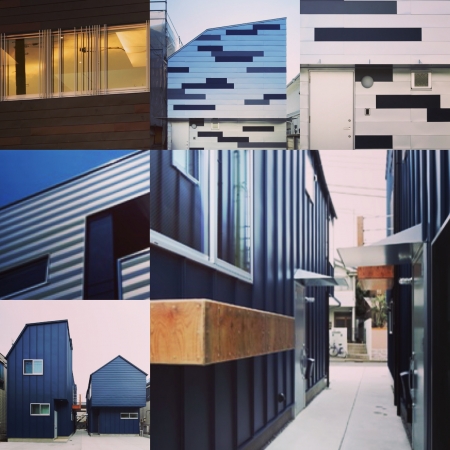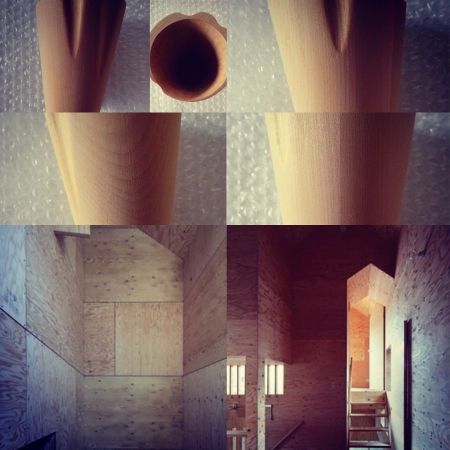中間の視界
遠くから見てみると、視界の中に入ってくるものの総量が増えるが、どこかに焦点を合わせない限り、たくさんのものが視界の中でただ浮遊しているようにしか見えない。
近くから見てみると、視界の中に入ってくるものは部分になる場合が多いが、全体の把握をせずにはいられない気分になるかもしれない。
全体が部分の総和だけならば、全体がボヤけていても、部分しかハッキリしてなくても問題が無いが、全体と部分が全く違う様相ならば、遠くでも無く、近くでも無い、中間の視界が必要になり、その中間の視界でしか全体も部分も把握できない。そして、その中間の視界は極端では無く中庸なものになるので、見ようによっては一番求めやすい視界かもしれない。
"Intermediate view"
Seen from a distance, the total amount of things that come into view increases, but unless you focus somewhere, many things just appear to be floating in your field of view.
Seen from a close distance, what comes into view is often a part, but you may feel compelled to grasp the whole thing.
If the whole is only the sum of the parts, there is no problem even if the whole is blurred or only the parts are clear, but if the whole and the parts are completely different, the middle view is neither far nor near. Is required, and the whole and part can be grasped only in the middle field of view. And since the field of view in the middle is not extreme but moderate, it may be the most sought-after field of view depending on how you look at it.


